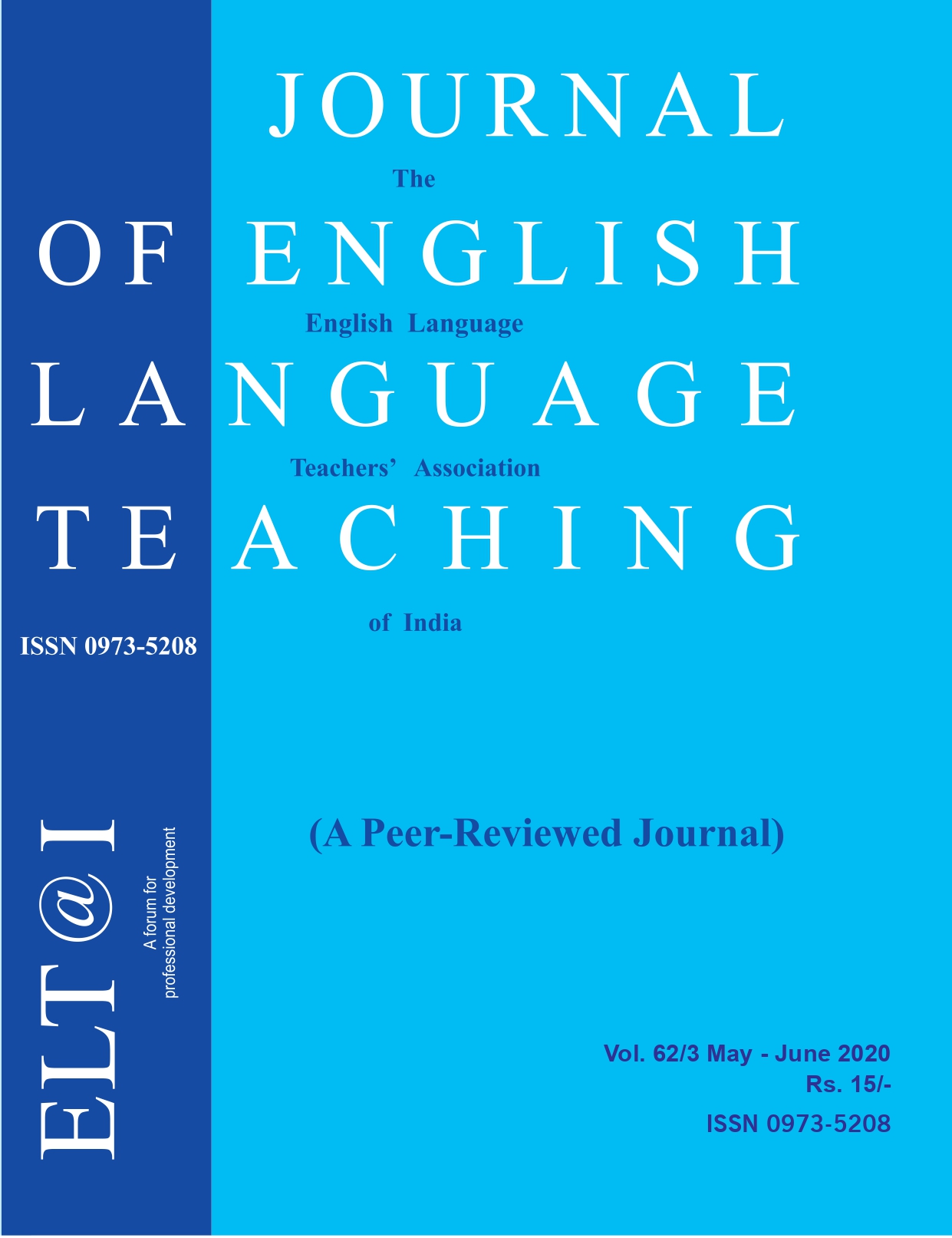The Long-Term Effects of Comprehension-Based Instruction
Keywords:
Language acquisition, comprehension-based instructionAbstract
We examine the progress of Turkish students who completed an intensive instruction in English to prepare them for secondary school. In secondary school, those who were in a comprehension-based class outperformed those who took a traditional class and had a clearer understanding of how language is acquired. There is also evidence that those in the comprehension-based prep class continued to improve after completing secondary school.
References
Isik, A. (2000). The role of input in second language acquisition: More comprehensible input supported by grammar instruction or more grammar instruction? ITL Review of Applied Linguistics, 129-130,225-227.
Krashen, S. (2004). The power of reading. Westport: Libraries Unlimited. Second edition.
Krashen, S. (2018). Improvement on TOEFL through reading and without formal instruction: Another look at Isik (2013). Turkish Online Journal of English Language Teaching, 3(1), 24-25.
Mason, B., & Krashen, S. (2019). Hypothesis: A class supplying rich comprehensible input is more effective and efficient than “immersion.” IBU Journal of Educational Research and Practice, 7, 83-89.
